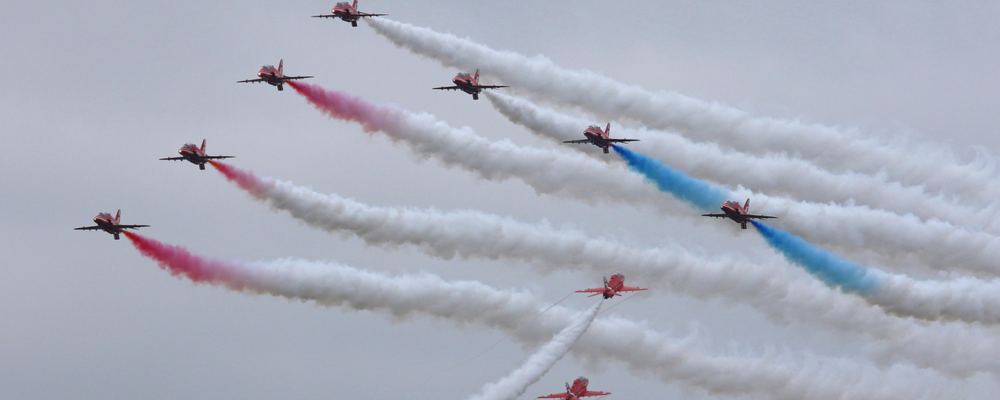
Drop off your CV
We'd love to hear from you. Send us your CV and one of our specialist consultants will be in touch.

Globally, aerospace and defence experienced strong growth in 2018 and this trend is set to continue in 2019 and beyond.
The growth in the industry has been fuelled by a range of factors, such as ramped-up plans for Airbus and Boeing, continued passenger growth, a rise in global military expenditure and strong ongoing momentum in trade globally.
The global backlog of commercial aircraft is also currently at an all-time high. A recent research report by Deloitte highlighted that the commercial aircraft order backlog is at its peak of more than 14,000—with about 38,000 aircraft expected to be produced globally over the next 20 years. However, there is also a demand for more fuel-efficient aircraft as oil prices increase and environmental concerns become more prominent.
Equally, due to the recent recovery in defence budgets of major economies, this is expected to push the growth of the defence industry in 2019 and beyond.
Although R&D has been slow within the sector (the percentage of sales earmarked for R&D was only at 4.1% globally), it is anticipated that research and development will play a large part in the future of the industry. Autonomous systems, artificial intelligence, additive manufacturing and sensor technologies being just some of the developing new technologies within the sector. This trend is reflected with commercial technology entrants building large workforces who are dedicated to developing these new technologies.
Although digital innovation is on the horizon, it is likely the industry will take a low-risk approach to this given the complex nature of the existing solutions.
Technology adoption within the Aerospace industry will be especially slow, given the customer-centric audience and trust of commercial aircraft. If an automated aircraft that was reliant on complex sensors and AI was put into production, it would take a significant amount of time before the public become comfortable with this. When the automatic elevator was invented in the 1900’s it took more than 50 years for the public to become comfortable with using them!
With the pending uncertainty of Brexit, and the fact that Airbus dominate the market, the UK will undoubtably have disruptions within supply chains and trade. The UK A&D industry will need to find a way to combat these complications quickly and avoid being hindered by legislation in the short/mid-term.
Ensuring that businesses have the correct talent in place to help meet these challenges will ensure that research and development can continue and prepare the industry for technological advancements.
If you are looking for quality talent within the aerospace and defence industry, please feel free contact me for a confidential conversation: mark.thompson@csgtalent.com or +44 (0) 113 416 6482
References
Deloitte, 2019 Global Aerospace and Defense Industry Outlook
Flight Global, Aerospace Sector Set for ‘Steep’ Growth: UK Forecast
Strategy&, Aerospace and Defense Trends 2018-19